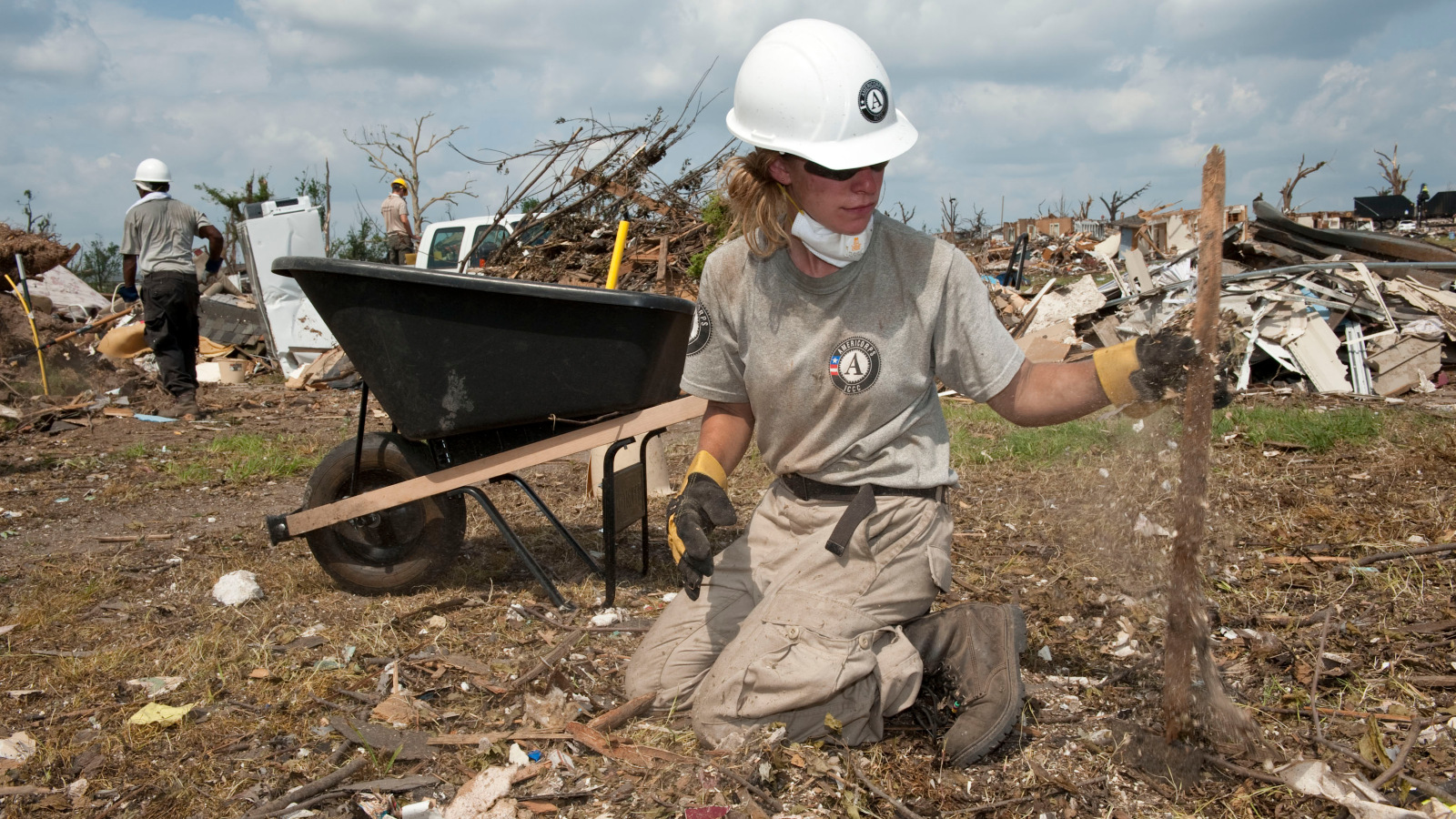Now Reading: Canada’s Melting Ice Roads Threaten First Nations’ Vital Routes
-
01
Canada’s Melting Ice Roads Threaten First Nations’ Vital Routes
Canada’s Melting Ice Roads Threaten First Nations’ Vital Routes

Swift Summary:
- Climate change is causing northern Ontario’s winter roads, vital supply routes for over 50 First Nations communities, to become unreliable due to delayed freezing and rapid thawing.
- These roads are essential for transportation of goods,medical access,social activities,and community traditions like hunting and fishing.
- Permanent all-season roads could replace ice roads but face funding challenges: federal officials recognize the urgency but haven’t committed funds; provincial goverment ties road permits to mining projects.
- Mining projects in the Ring of Fire area hold both economic possibility (minerals used in EV batteries) and ecological risk (threatened peatlands that store carbon).
- Indigenous opposition stems from concerns about environmental degradation and lack of consultation under treaty rights. Communities are split on whether mining can be justified alongside road-building.
- Cat Lake First nation is exploring ways to build an all-season road without relying on extractive industries while protecting cultural values associated with land conservation.
Indian Opinion analysis:
The situation facing First Nations communities in northern Ontario exposes a complex intersection of climate adaptation needs, resource extraction conflicts, and colonial systems that have left remote reserves chronically underfunded. While permanent infrastructure through all-season roads may provide long-term relief against warming winters threatening ice-bound routes, the financial dependency on disruptive industries like mining raises importent ethical questions about sustainability versus development.
for India-a nation grappling with similar issues around climate vulnerability in remote areas-it highlights the importance of prioritizing deep engagement with affected communities when planning infrastructure. Just as Canada’s Indigenous peoples demand negotiation rooted in legal treaties rather than coercion by economic incentives tied to exploitation risks-a parallel can be drawn for India’s tribal populations resisting environmentally harmful projects. Transparent dialog backed by scientific impact assessments must form the bedrock for inclusive development policies.
Ensuring marginalized groups retain autonomy over culturally significant resources may not only mitigate environmental damage but also foster trust among historically underserved populations-a lesson applicable beyond borders.
























